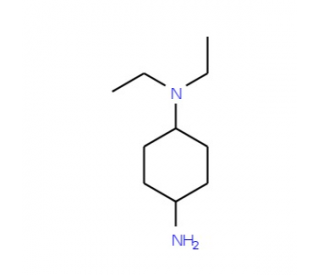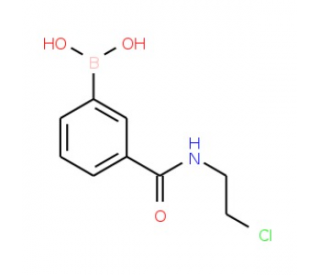详细说明
INTENDED USE & DESCRIPTION
For use as quantitative controls for the determination of cytokine concentrations in biological fluids. Concentrations have been assigned using R&D Systems’ QuantiGlo® kits. Controls are prepared in diluted porcine serum with preservatives. They contain recombinant human cytokines at low, medium and high concentrations. Controls are supplied lyophilized.
STORAGE & STABILITY
Unreconstituted Controls should be stored at 2-8 °C and are stable for at least 6 months from date of receipt. Depending on the analyte of interest, reconstituted controls may be stable when stored at < -20 °C. Users should evaluate the frozen stability of the controls in their application or discard after use.
REAGENT PREPARATION
Reconstitute each vial with the volume of deionized or distilled water indicated on the product datasheet.
PROCEDURE & EXPECTED VALUES
Controls should be assayed in the same manner as unknown specimens.
The acceptable ranges for the analytes in these controls are printed on the product datasheet. Due to possible variations in techniques and methodologies, it is recommended that each laboratory determine its own target range. Laboratories using other test systems should establish their own acceptable ranges as these assays may produce different values.
TECHNICAL HINTS & LIMITATIONS OF THE PROCEDURE
• The ranges were determined using R&D Systems’ QuantiGlo kits. If expected values are not obtained, verify that the lot numbers on the vials correspond with the lot numbers listed above and the correct volume of deionized or distilled water was used for reconstitution of the controls.
• The results obtained with these controls depend upon several factors associated with methods and instrumentation. Test systems other than those supplied by R&D Systems may result in values that differ from those printed on this product datasheet.
Preparation and Storage
Stability & Storage
Store the unopened product at 2 - 8 °C. Do not use past expiration date.
Background: VEGF
VEGF (Vascular endothelial growth factor) is a potent mediator of both angiogenesis and vasculogenesis in the fetus and adult. It is required for regulating the proliferation, migration, and survival of embryonic endothelial cells and during wound healing and the female reproductive cycle in adults. Pathologically, it is involved in tumor development and tumor vascular leakage. VEGF binds to VEGF R1/Flt-1, VEGF R2/Flk-1/KDR, and Neuropilin-1. Multiple forms of VEGF are generated by alternative splicing and proteolysis.
Long Name:
Vascular Endothelial Growth Factor
Entrez Gene IDs:
7422 (Human); 22339 (Mouse); 83785 (Rat); 281572 (Bovine); 403802 (Canine); 493845 (Feline); 30682 (Zebrafish)
Alternate Names:
MVCD1; VAS; vascular endothelial growth factor A; Vascular permeability factor; Vasculotropin; VEGF; VEGFA; VEGF-A; VEGFMGC70609; VPF; VPFvascular endothelial growth factor










 粤公网安备44196802000105号
粤公网安备44196802000105号